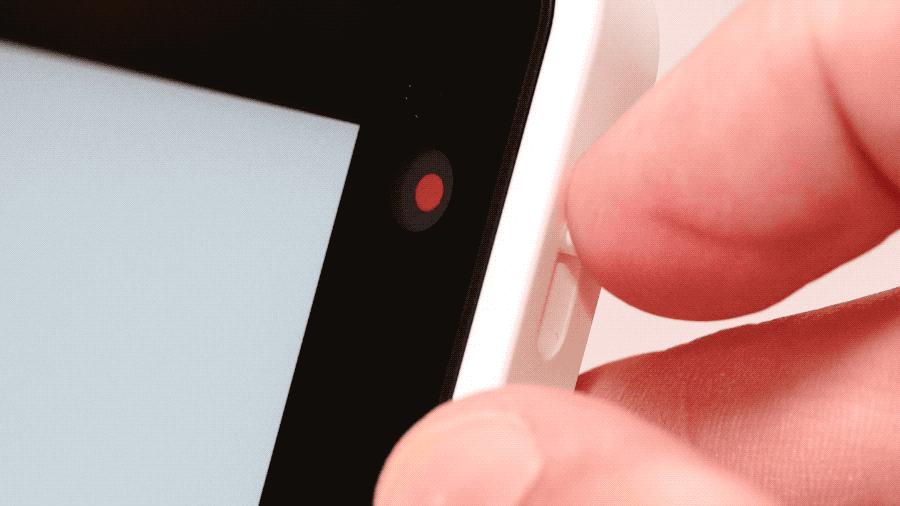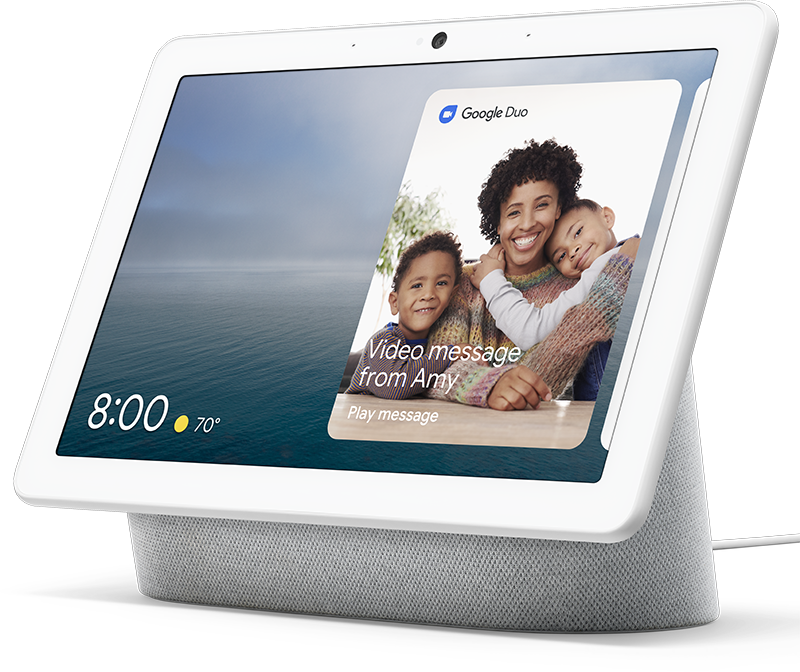A physical shutter over the camera lens is a simple — and obvious — way to make a home hub more trustworthy.
The Nest Hub Max is official. I'm almost certainly going to buy one, seeing as how I'm all in on the Nest ecosystem already. I've also got a Google Home Hub — erm, Nest Hub, that is, thanks to a rebranding — and a Lenovo Smart Display in the kitchen.
And I'm going to buy a Nest Hub Max knowing full well it absolutely has blown one of the best parts of its first-gen brethren from Lenovo.
That is, of course, the physical shade that you can toggle to completely cover the camera.
 The simple physical shutter on the Lenovo Smart Display.
The simple physical shutter on the Lenovo Smart Display.
I don't live with a tinfoil hat on. I know full well what all the cameras and microphones and trackers in my home have access to. (So long as someone doesn't — whoopsie — forget to mention a pretty major feature until a year or so later.) I adjust my life accordingly, remembering to wear pants a little more frequently. (Or at least imploring my kids to do so.)
But Lenovo did something so simple with the Smart Display that it made us wonder why nobody had done it previously — a physical shutter that you could toggle to physically block the camera from being able to see anything. It works separately from the Smart Displays microphone, so it'll continue to do all that great voice assistant stuff without having to worry about even the possibility of someone (outside your home, anyway) being able to see you cook pancakes in your underwear.
The companies that make our gadgets don't always make it easy to trust them. A physical camera cover just makes sense.
It's one of those features that was easy to understand, easy to implement, and just makes sense.
Not having that on the Nest Hub Max is a step backward. (The rebranded Nest Hub doesn't have a camera, so no worries there.) Sure, there's still a switch to kill the camera and mics — together — but there's a element of trust here, something that Lenovo took out of the picture entirely with its implementation. (It also should be perfectly obvious that you might still want to use the microphones but not the camera.)
I get that adding a physical shutter like that adds complexity. It's one more thing to cram in there. It's one more thing to potentially break. Sure, The Nest Hub Max has an LED. That's better than nothing. But it's not the same thing.
And a physical shutter is an elegant solution. It's internal, so nothing's extending from the screen at all. It doesn't take away from what's happening on the screen when it's closed. (Or open, for that matter.) It doesn't require you to do anything other than literally flip a switch, and you can see that the camera can't see. You don't have to trust a programmer. You don't have to trust the robot or line worker who put together the internals of the gadget.
It just works, and you know it works.
It's also a more elegant solution than putting a sticker or a piece of tape over an unwanted camera. It's even more elegant than the little reusable leather covers I use on my laptops.
And it's also the sort of feature — a small one, at that — that goes a long way toward adding a little ease of mind in a smart home world that far too often gives us reason to not completely trust the products we're paying for.
Smart Home
Nest Hub Max
A smarter home hub
Nest Hub Max is the larger version of the older (and smaller) Nest Hub, with a 10-inch screen, a camera, a microphone array and all the smarts Google and Nest can pump into it.


Tidak ada komentar:
Posting Komentar